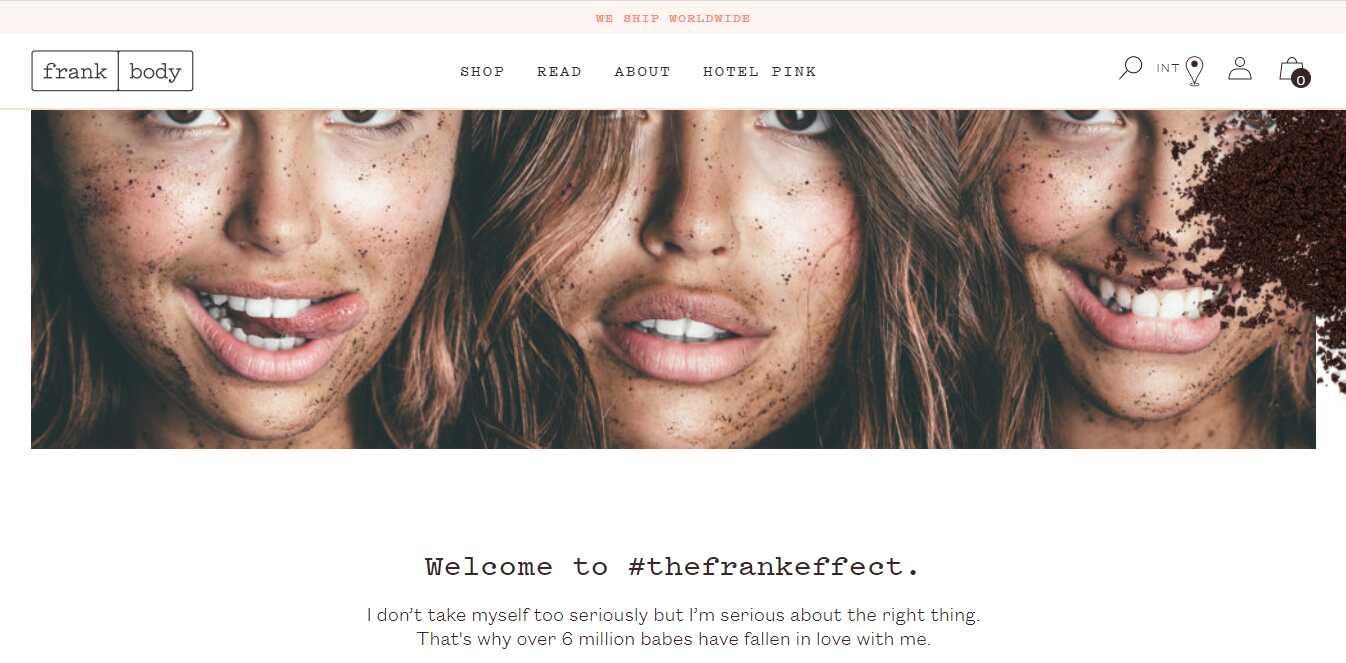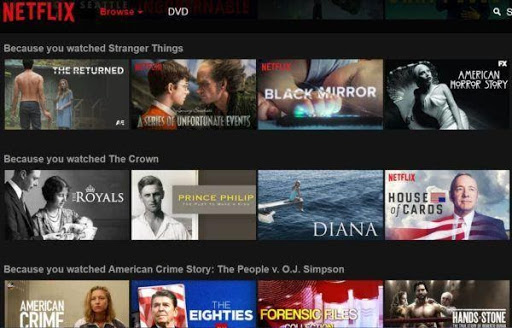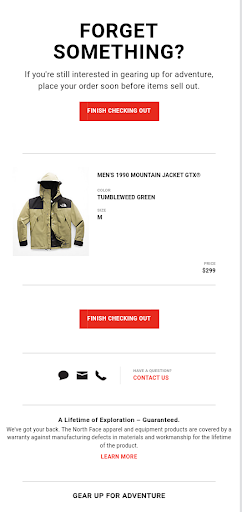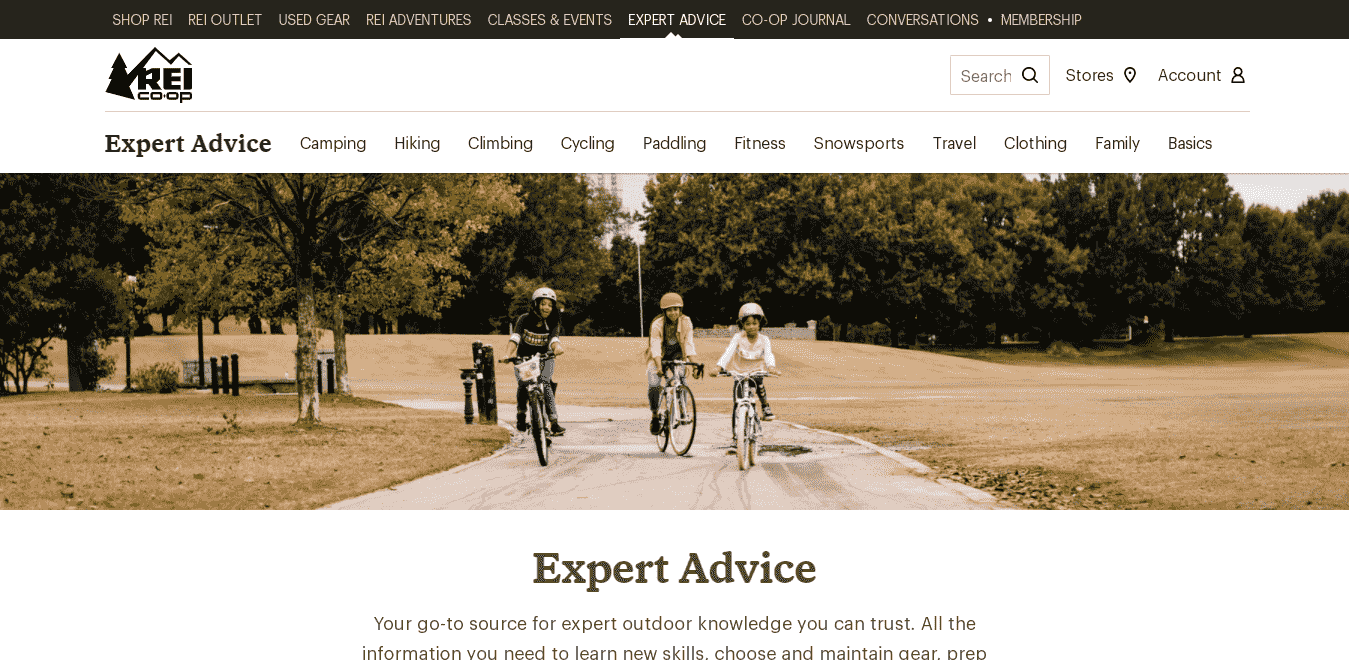Manna Chikwe
Manna Chikwe is a freelance writer skilled in helping eCommerce and saas businesses win more customers with stellar content. He also focuses on discussing the digital transformations and trends revolutionizing the marketing industry.
Ever wondered why people virtually hop straight into Amazon when they need a product without caring about the many eCommerce stores that...

Image Credits: pexels
Ever wondered why people virtually hop straight into Amazon when they need a product without caring about the many eCommerce stores that are in the way? How about why Apple packs a multitude of loyal fans even with all the wonderful innovations going on in the tech devices space.The simple answer is well-implemented e-commerce branding.
The competition in e-commerce is becoming intense. According to statistics, there are 12 to 24 million e-commerce sites in the world and the global retail e-commerce sale is expected to reach $4.88 trillion in 2021. Therefore, it becomes important to make your brand cut through the clutter or risk getting lost in the noise.
Like every business out there, your e-commerce business is a brand even if it’s just a few days old. This can be likened to a personality that every human possesses and can improve on.
In other words, your brand is the attributes of your business which people see. It is the perception your present and potential customers have of your products and services. As Amazon CEO Jeff Bezzos puts it, “your brand is what other people say about you when you’re not in the room”.
So you have to brand your business to stand out from the crowd if you want potential customers thinking only about you whenever they need your products. To achieve this, start implementing these effective strategies which successful e-commerce brands are using to stay on top of the game.
While you may already have your logo and design set right and already in action, e-commerce branding your business goes beyond this. e-commerce Branding should touch all aspects of your web presence, your products and services delivery.
That is why you need to move your business story forward with these strategies.
Truly knowing who will buy your products is an action in the direction of increased sales. This is because knowledge of your ideal customer gives you leverage to understand their wants, needs, and buying behavior.
To discover who your ideal customer is, you need to focus on a target demographic. This would be the attributes of your specific audience who share in your story and to whom your products and services appeal.
To make this discovery, you can start by collecting feedback from your current customers. From the collected data, you will know the category of customers who are more interested in what you offer. You can also take out surveys, look through your store’s overview data and purchase funnel, and even engage the services of a research firm.
Some of the questions you should ask as you dig into your target demographic include:
An example of an e-commerce brand that knew their audience right from the onset is Frank Body, a beauty brand that kicked off in 2014 and hit $20 million in annual revenue in just two years. The company is all about natural skincare products for women between 18-25 years who want to look themselves and not how they think they’re supposed to look.
Frank Body understood who their target audience really is. This helped them develop a brand that connects with the feelings and wants of young women. That’s why in their “about” page, and other parts of their website, this e-commerce branding uses words like “babes” and addresses their target audience in the language that resonates with them.

Now know this, while throwing up a lot of ads all over Facebook and Google might fetch you sales, it won’t singularly buy loyalty. According to renowned brand designer Walter Landor, “products are made in the factory but brands are created in the mind.”
To create that formidable impression on your customers—the one that makes them keep coming back and spreading the word about you—you have to develop a brand story.
A brand story is a clear and poignant narrative that conveys the facts and feelings created by your brand. It provides you with a psychological link to connect with your customers. It also shares your motives and dreams with them and portrays you as an entity with a bigger purpose and meaning in what you do. Visualizing your business journey or e-commerce branding this way makes your customers a part of it and inspires brand favorability.
To create a brand story, you’ll have to articulate your purpose. This means you have to know who you are and have clear identity about yourself. Then, write a compelling story that captures:
Looking at the “About Us” page of Young and Reckless, a prominent streetwear brand, ideally tells the story of the brand’s simple beginning in a creative way.

Starting off after an MTV series, the brand is “an accessible and affordable streetwear that’s cool and fashionable.”
Also, they clearly stated why anybody should care. Right there at the bottom of their “About Us” page, they described their brand attitude as the “mentality of living outside of the box… not caring about all the rules at all times”.
This is the impression they want for their business. Something that articulates the desires of their target audience and makes their customers feel like a part of their brand.
To brand your e-commerce store to be the best, creating a smooth and unforgettable product and services delivery should be at the top of your goals.
A report states that 84% of customers feel the experiences are as important as the actual products and services.
The experiences you give your customers will stick around a lot longer after the price they paid is forgotten. This is why facts show that when it comes to making a purchase, 64% of people find customer experience more important than price.
So you need to create an incredible customer experience to attract and keep the loyalty coming. An awesome CX cuts across your website interface design to your customer buying process, the delivery, refund policies, shipping and every interaction you have with your customers along the way.
Imagine you have great products that drive in huge traffic, but your customer service suck or you have hazy refund policies, negative reviews will definitely creep up to give your brand a very bad name.
To avoid such a bad reputation, ensure you are doing it right when it comes to CX. Have a user-friendly website, seamless check out processes and personalized experiences among others.
Amazon’s personalization experience is an example to follow. From their homepage, they create personalized recommendations based on your recent purchases and shopping trends.
The entertainment giant Netflix is also widely known for its seamless CX. They provide their customers with totally personalized experiences. From your streaming activity on their platform, they recommend shows that are likely to appeal to you. They also use data and research to make their email updates, personalized landing card and streaming experiences all “customer-obsessed”.

Unless you’re the only business in your industry, you will need a strong attraction point that sets you over the competitive edge. Developing a good unique selling proposition will set you apart and present your services to meet the conviction of your target audience.
Your unique selling proposition is your distinguishing factor from every other business in the same pool as you.
To create your USP, you have to look at your competitors and see what they are doing and not doing. Compare the data with your customer’s pain points. Check what needs your competitors meet and find a gap only you can fill.
This need could be higher quality, faster delivery or lower prices. Simply look for your customer issues which you can leverage on to set yourself apart.
The North Face is a good example of an e-commerce brand that’s boosting customer appeal with a strong USP. They give guarantees for their outdoor equipment and products. But they don’t just give a guarantee, they differentiate their promise by providing their customer’s with a lifetime guarantee.
Their warranty promises their products will last a lifetime. To reinforce this promise, they pride themselves right in the middle of their warranty page of long time customers who still rock their products from the 70’s.
The warranty also acknowledges that in the event of manufacturing defects, they will offer repairs or replacement of the product.
With such an outstanding USP, they increase customer trust and don’t have to compete for price.

As it is said, “content is king”, and it’s not leaving the throne anytime soon.
The Inbound Marketing giant Hubspot have successfully built their company using grand content strategies. According to a report, the company hit $271 million in revenue in 2016 with 94% of the revenue being from subscription to their websites.
Indeed, content is a powerful tool to show you care for your target audience and invariably make a name for yourself. In the words of American businessman and ultimate entrepreneur, Seth Godin, “content marketing is all the marketing that’s left.”
For ecommerce brands, every content should target two things. The first is to give value and the second is to make conversions. Simply put, your content shouldn’t always be about the hard sell first.
Great content strategy offers helpful tips and guides to a target audience and if done rightly, will lead the audience down through the conversion pipeline.
With content marketing, you can build an audience and expand brand recognition. It also impacts positively on your search engine rankings as you become trusted for credible information.
To set your content strategy rolling, begin by starting a blog, creating rich content for your social media channels, and tracking your brand mentions across the internet.
A good example here is REI which has successfully set its name in gold when it comes to outdoor gear and travelling equipment. The company has built a lifestyle around their products which keeps customers coming back. One of their success techniques is well-articulated content delivery.
On their website, you can find an article related to almost any outdoor activity you can imagine. By providing a great deal of valuable information styled as “expert advice”, they build trust, improve their search engine rankings, and get targeted audience on their site.

E-commerce branding is a crucial part of your business sustainability. It can however feel overwhelming especially if you’re a beginner. What you should do is to start right away and be consistent in following these strategies. Then, success will follow.
This article is very quality from your content to your images, I appreciate this, hope you will share more in the future, respect you very much.